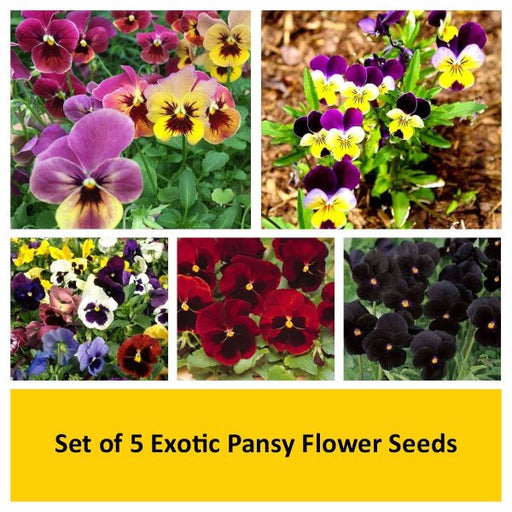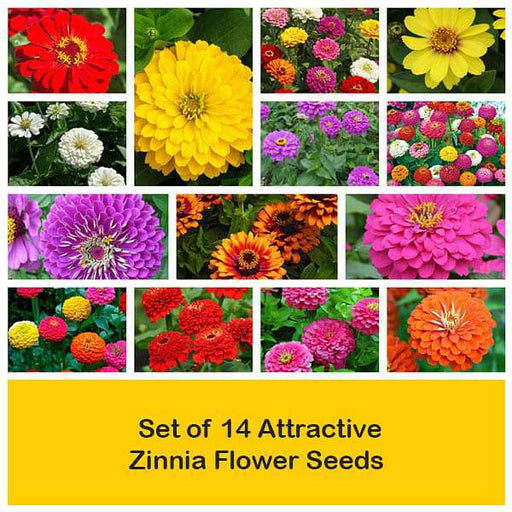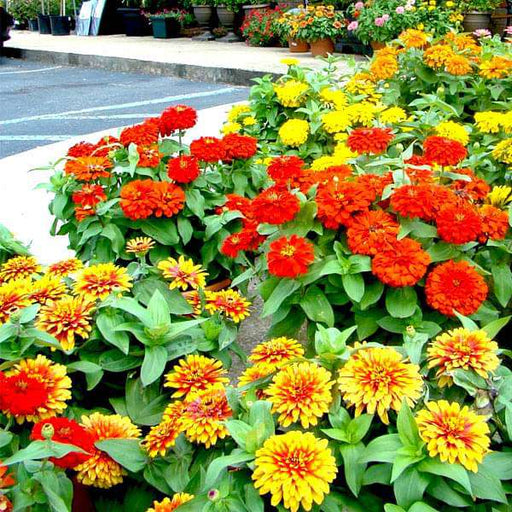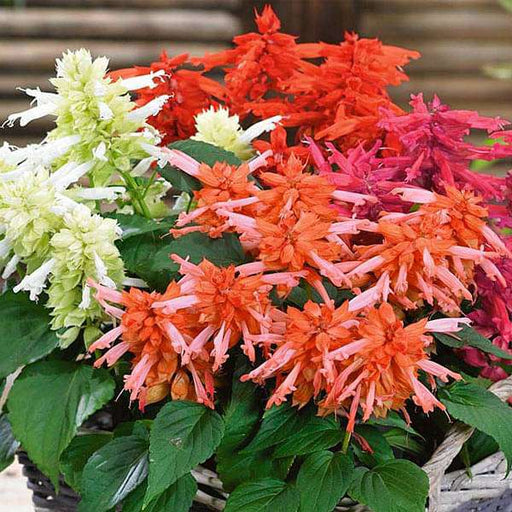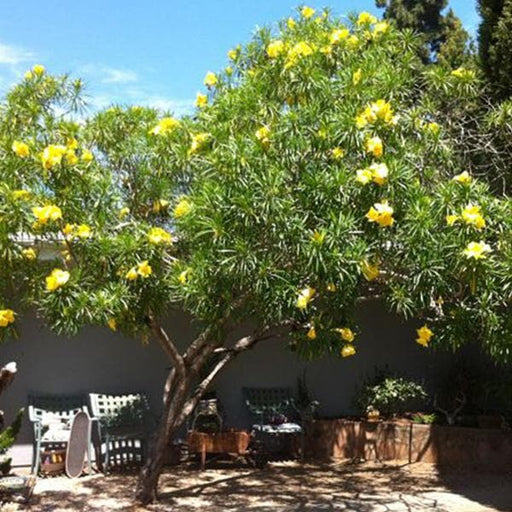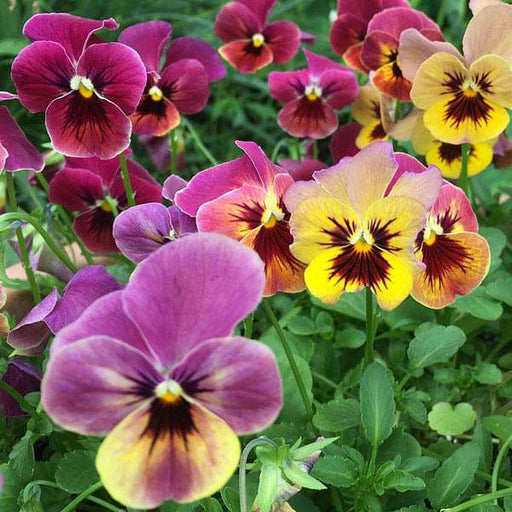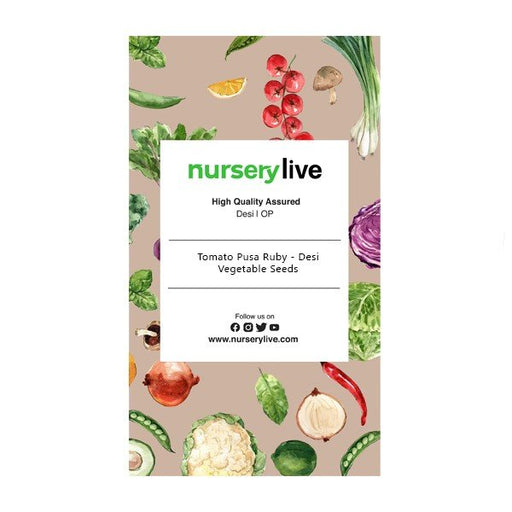Best Seeds for Container Gardening
When it comes to container gardening, some seeds perform better than others. Look for seeds that have a compact growth habit and don't require a lot of space or deep roots to thrive. Herbs like basil, thyme, and parsley are great choices, as well as lettuce, radish, and cherry tomatoes.
Tips for Growing Seeds in Pots
Growing seeds in pots can be a great way to get started with gardening, especially if you have limited space. Make sure to choose the right size container for your plant, use good quality soil, and provide adequate drainage. Water regularly and fertilize as needed to ensure healthy growth.
How to Choose the Right Pot Size for Seeds
Choosing the right pot size is crucial for the health of your plants. For small herbs and vegetables, a pot that is 6-8 inches in diameter and 6-8 inches deep is usually sufficient. Larger plants, like tomatoes or peppers, may require a larger container. Make sure to research the specific needs of your plant before choosing a pot size.
Benefits of Growing Seeds in Pots
Growing seeds in pots has many benefits, including the ability to grow plants in small spaces, better control over soil quality and moisture levels, and the ability to move plants to different locations as needed. Container gardening is also a great way to add visual interest to your outdoor or indoor space.
Common Mistakes When Growing Seeds in Pots
Some common mistakes when growing seeds in pots include using the wrong soil, over or under-watering, not providing adequate drainage, and overcrowding plants in a container. Make sure to research the specific needs of your plant and follow best practices for container gardening to avoid these mistakes.
Growing Seeds in Pots Indoors
Growing seeds in pots indoors is a great way to enjoy fresh herbs and vegetables year-round. Make sure to choose a sunny location for your plants, and use grow lights if needed to ensure they receive enough light. Keep the soil moist and fertilize as needed for healthy growth.
Growing Flower Seeds in Pots
Growing flower seeds in pots is a great way to add color and beauty to your outdoor or indoor space. Choose a container that is appropriate for the size of your plant, and use good quality soil. Water regularly and fertilize as needed to ensure healthy growth.
Starting Seeds Indoors vs. Outdoors
Starting seeds indoors allows you to get a head start on the growing season, and can help ensure that your plants have a better chance of surviving. However, starting seeds outdoors can be a good option if you have limited space indoors, or if you want to avoid the hassle of transplanting.
How to Transplant Seeds from Pots to Garden
When it's time to transplant your seedlings from pots to the garden, make sure to choose a location that has the appropriate amount of sunlight and soil quality for your plant. Make a hole in the soil that is slightly larger than the root ball of your plant, and gently remove it from the pot. Place the plant in the hole and cover with soil.
How to Care for Seeds Grown in Pots
Caring for seeds grown in pots involves regular watering, fertilizing, and monitoring for pests and diseases. Make sure to research the specific needs of your plant and follow best practices for container gardening to ensure healthy growth.
Best Soil for Seeds in Pots
Using the right soil is crucial for the health of your plants. Look for a high-quality potting mix that contains a blend of organic materials like compost, peat moss, and perlite. Avoid using garden soil, as it may contain weeds or pests that could harm your plants.
How Often to Water Seeds Grown in Pots
How often you need to water your seeds will depend on the specific needs of your plant, as well as the size of your container and the climate you live in. As a general rule, make sure the top inch of soil is dry before watering, and water thoroughly until it drains from the bottom of the pot.
How to Start Seeds in Small Pots
Starting seeds in small pots is a great option if you have limited space or want to grow multiple varieties of plants. Look for pots that are 2-3 inches in diameter and fill with good quality soil. Plant your seeds according to the instructions on the seed packet and water thoroughly.
How to Prevent Overcrowding in Seed Pots
Overcrowding can lead to stunted growth and poor health for your plants. To prevent overcrowding, make sure to choose an appropriate pot size for your plant and only plant one seed per pot. If you are starting multiple seeds in one pot, make sure to thin them out as they grow to avoid overcrowding.
How to Fertilize Seeds Grown in Pots
Fertilizing seeds grown in pots can help ensure healthy growth and strong roots. Look for a balanced fertilizer that contains nitrogen, phosphorus, and potassium, and follow the instructions on the package. Be careful not to over-fertilize, as this can harm your plants.
Common Pests and Diseases for Seeds Grown in Pots
Some common pests and diseases for seeds grown in pots include aphids, spider mites, powdery mildew, and root rot. Make sure to monitor your plants regularly for signs of pests or disease, and take action promptly if you notice any issues.
Best Time to Plant Seeds in Pots
The best time to plant seeds in pots will depend on the specific needs of your plant and the climate you live in. As a general rule, it's best to plant seeds in the spring after the last frost, or in the fall before the first frost.
How to Choose the Right Seeds for Your Pots
Choosing the right seeds is crucial for the success of your container garden. Look for seeds that have a compact growth habit and don't require a lot of space or deep roots to thrive. Research the specific needs of your plant and choose varieties that are well-suited to your climate.
Best Plants for Vertical Gardening in Pots
Vertical gardening is a great way to maximize space in your container garden. Some of the best plants for vertical gardening in pots include strawberries, cherry tomatoes, cucumbers, and trailing herbs like oregano and thyme.
Benefits of Companion Planting in Seed Pots
Companion planting is the practice of growing two or more plants together that benefit each other in some way. Benefits of companion planting in seed pots include improved soil health, natural pest control, and increased yields. Look for companion planting guides to find the best pairings for your plants.





